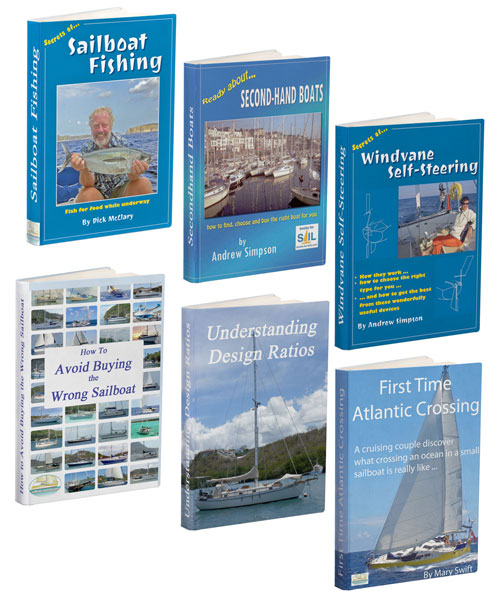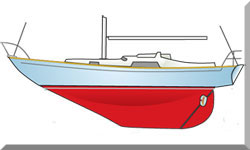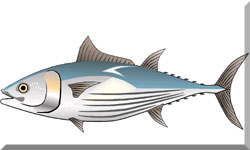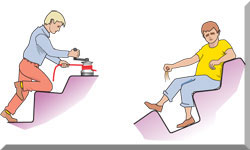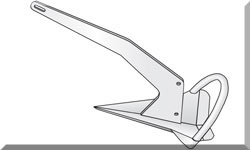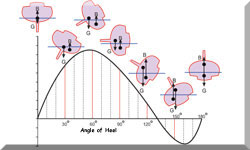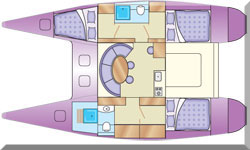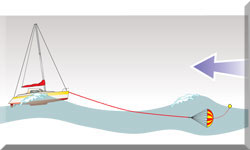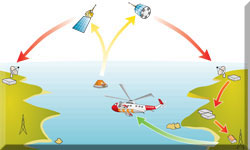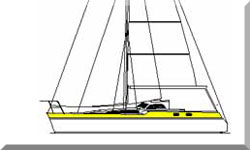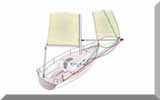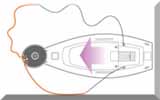- Home
- Feeling Sailboats
Feeling the Water: Your Guide to Feeling Sailboats
For many recreational sailors, the name "Feeling" immediately conjures images of balanced design, cozy interiors, and that unmistakable French sailing flair.
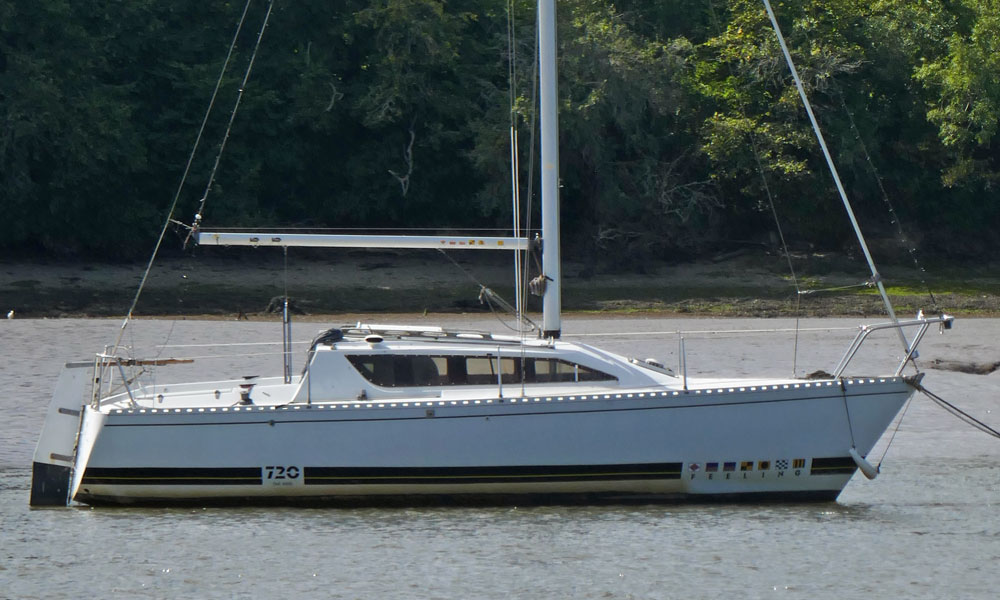 Feeling 720
Feeling 720While perhaps not always grabbing headlines for outright racing prowess, these French-built Feeling sailboats have undeniably carved out a distinct niche. They've consistently appealed to those who truly value the joy of cruising, comfortable living, and an often-inventive approach to life aboard. So, let's dive into the fascinating story of Feeling yachts, from their humble beginnings to their lasting impact on the sailing community.
A Rich History: From Kirie's Roots to the Feeling Era
The tale of Feeling sailboats is tightly woven with that of the Kirie shipyard, a respected and long-established French boatbuilder. Founded way back in 1912 by the Kirie family in Les Sables d'Olonne, the yard initially dabbled in small sailing craft. They later branched out into speedboats in the 1950s. By the late 1960s, Kirie was ahead of the curve, becoming an early adopter of polyester (fiberglass) construction, churning out popular speed-fishing boats and sailing fishing boats. The "Feeling" range burst onto the scene in the early 1980s, marking a significant pivot towards habitable power cruise ships and, crucially for us, sailboats.
A true turning point for the brand arrived in 1986. A 13.5m Feeling yacht clinched victory in the Route du Rhum's standard boat category, and a 10.9m Feeling was even crowned "Boat of the Year" in 1987. These early triumphs, particularly the single-handed transatlantic crossing of the very first Feeling 10.40—which miraculously survived hurricane winds before making a grand appearance at the New York Boat Show—solidified the brand's reputation for rugged, ocean-going capability. The designers' core idea was clear: craft attractive, fast, and easy-to-sail yachts that were genuinely offshore-capable, all while boasting unusually spacious and luxurious interiors for their size. This philosophy, a clever blend of performance and comfort, would become a defining characteristic of the entire Feeling series of sailboats.
Come 2000, Alliaura Marine took the helm of the Kirie shipyard, continuing to produce Feeling Yachts with models ranging from 32 to 55 feet. While Feeling boats kept rolling out, the company eventually saw more changes in ownership, ultimately landing under the wing of Dufour after Kirie faced bankruptcy in 2015. Consequently, new Feeling sailboats are no longer being produced under the original brand.
Signature Design: Space, Light & Versatility
Feeling sailboats are often instantly recognizable due to their distinctive design elements. Many of these features deliberately prioritized interior volume and light, helping them stand out from some of their contemporaries. Naval architects like Philippe Briand played a pivotal role in shaping many of the early and highly successful Feeling models, including the ever-popular Feeling 850. Later on, Gilles Vaton and Patrick Roséo also lent their talents to Feeling designs.
One of Feeling's most groundbreaking and pioneering design choices was their early embrace of light-colored woodwork, typically elm, for their interiors. This was a radical departure from the darker, more traditional wood finishes that dominated boat design at the time. It made a huge difference, contributing significantly to the sense of space and brightness below deck—a look that's now pretty much standard in modern yacht design. They also championed open-plan saloons, further amplifying that feeling of expansive interior volume.
Another signature element, especially prevalent on many Feeling sailboats, was the option of a lifting keel or a fin keel. This incredible versatility allowed owners to pick their poison: shallow-draft access for exploring secluded anchorages and navigating canals (a major plus in European cruising grounds) or the deeper draft for improved upwind performance. Take the Kirié Feeling 396 DI, for instance; it was cleverly designed to literally "slip onto a beach" much like a catamaran, all thanks to a massive lifting centerboard that could reduce its draft from a substantial 7'4" to a mere 2'11"! For Feeling sailboats with lifting keels, twin rudders were frequently integrated to maintain precise steering control even when the keel was retracted.
Built Strong: Construction & Quality
Feeling yachts predominantly used GRP (fiberglass) for their hull and deck construction, a common and incredibly durable material for production boats. While detailed specifics on their exact lamination techniques aren't widely advertised, it's safe to assume they employed standard industry practices for fiberglass boat building, likely starting with hand lay-up and perhaps evolving towards more advanced techniques like vacuum infusion in later models as technology progressed.
The brand's reputation for seaworthiness and longevity strongly suggests a solid build quality across Feeling sailboats. The simple fact that many Feeling models from decades past are still actively cruising speaks volumes about their inherent durability. And while, like any production boat builder, there might have been variations in quality across different eras or models, the general consensus is that Feeling boats were well-constructed for their primary purpose: comfortable cruising.
Explore the Fleet: Key Models & Their Evolution
The Feeling range saw a number of widely popular and influential models throughout its production run. The Feeling 10.40 truly stands out as a foundational model, celebrated for its transatlantic success and being named "Boat of the Year." Its clever mix of performance and a surprisingly spacious, luxurious interior set the tone for the entire series of Feeling sailboats.
For those seeking a more compact yet equally capable cruiser, the Feeling 720 is another noteworthy model. Measuring around 23 feet, the 720 offered a surprising amount of interior volume for its size, making it a popular choice for coastal cruising and weekend adventures. Like many of its larger siblings, it often featured a lifting keel option, enhancing its versatility for exploring shallow anchorages.
The Feeling 850 is another widely recognized vessel, designed by the aforementioned Philippe Briand. Built between 1984 and 1988, with a respectable 313 hulls completed, the 850 offered both fin keel and centerboard options. The fin keel version sported a draft of 5'7" (1.7m), while the centerboard version could slash its draft from 5'11" (1.8m) to a mere 2'4" (0.7m) with the board up. Known for being enjoyable and responsive, the Feeling 850 boasts good hull speed and a high sail area/displacement ratio, hinting at strong performance potential for its size. Its moderate displacement/length ratio and low comfort ratio suggest a lively motion at sea, perhaps leaning more towards a lightweight racer than a heavy cruiser—something worth considering for some cruising sailors.
Moving up the size ladder, the Feeling 446 emerges as a notable cruising yacht, first built in 1990 and designed by Harle & Mortain. With a substantial length overall (LOA) of 45.28 ft (13.80 m) and a beam of 14.76 ft (4.50 m), she offers significant interior volume. Her reported sail area of 712 sq ft (66.15 sq m) and a displacement of 19,900 lbs (9,026 kg) give her a sail area/displacement ratio of 15.57, suggesting a nice balance of performance for cruising duties. The 446 typically features a fin keel with a spade rudder.
Over time, Feeling designs naturally evolved, generally mirroring broader trends in yacht design. While earlier models might have embraced more moderate beams and displacement, later designs, especially under Alliaura Marine's stewardship, likely incorporated fuller sections to maximize interior volume—a persistent demand in the cruising market. The emphasis on light-filled interiors and those incredibly versatile keel options, however, remained a consistent and beloved theme across Feeling sailboats.
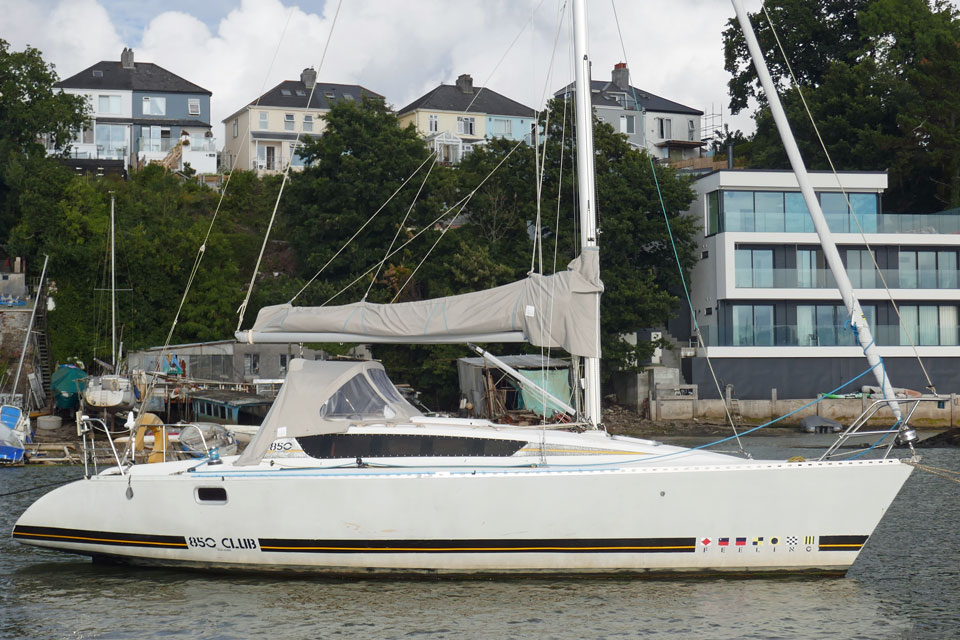 Feeling 850
Feeling 850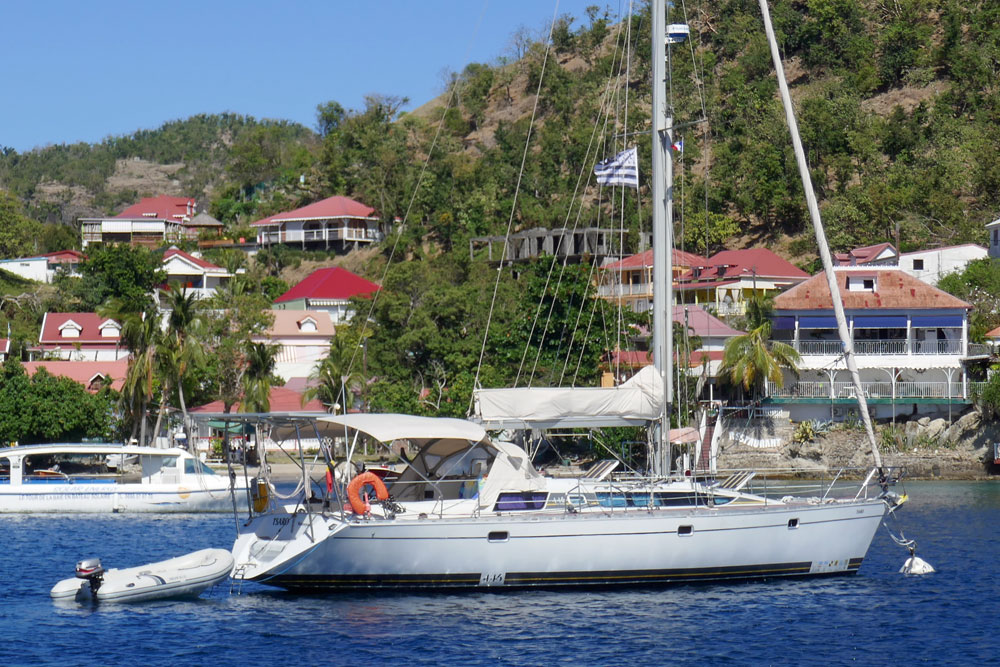 Feeling 446
Feeling 446Under Sail: Performance & Seaworthiness
Feeling sailboats are largely considered capable and comfortable cruisers rather than outright racing machines. Their sailing characteristics are often described as stable and remarkably easy to handle, making them a fantastic choice for recreational sailors and families. The lifting keel option, while granting unparalleled access to shallow waters, can sometimes mean a slight trade-off in ultimate upwind performance compared to a fixed, deep fin keel. But for many, that cruising versatility more than makes up for it.
When it comes to bluewater capability, Feeling models like the Feeling 10.40 truly proved their worth with significant ocean crossings. Features that bolster this capability often included solid construction, intelligently designed deck layouts, and comfortable interiors that can handle extended periods at sea. While perhaps not as heavily built as some dedicated bluewater designs, numerous Feeling yachts have successfully embarked on long-distance voyages.
Step Aboard: Interior Comfort & Liveability
The interior of a Feeling sailboat is truly where its core philosophy shines brightest. The general aesthetic, with its pioneering use of light elm joinery, immediately created a bright, welcoming, and incredibly inviting atmosphere, a stark contrast to the often dark and traditional interiors of many older boats. This laser focus on light and open-plan design was all about enhancing the sense of space and luxury below deck.
Feeling designers approached interior space utilization with a keen eye for liveability and comfort—whether for extended cruising or even full-time living aboard. This philosophy typically translated into generous saloon areas, thoughtfully appointed galleys, and wonderfully comfortable cabins. While specific layouts naturally varied by Feeling model, the unwavering goal was always to maximize practical living space without ever sacrificing comfort or natural flow. The clever use of beautiful fabrics alongside the light wood further amplified that welcoming, home-away-from-home feel.
The Feeling Legacy: Market & Community
Feeling yachts generally aimed at recreational sailors and boat owners who cherished a blend of comfortable cruising, practical features, and a pleasing balance of performance. The brand quickly earned a reputation for producing well-designed and solidly built boats that offered excellent value on the used market. Their innovative approach to interior design, particularly their groundbreaking use of light woods and expansive open layouts, undeniably influenced later trends in production boat design.
Although brand new Feeling boats are no longer rolling off the production line, a vibrant and active community of owners continues to thrive, deeply appreciating these vessels. Online forums and owner associations play a vital role in nurturing the brand's enduring legacy, providing invaluable support and camaraderie for those who truly cherish their Feeling sailboats. Their presence on the used market remains robust, and they often hold their value quite well, largely thanks to their reputation for quality and sheer liveability.
What to Consider: Challenges & Criticisms
No boat, and certainly no boat builder, is without its occasional critics, and Feeling is no exception. While generally held in high regard, some common points of discussion or potential considerations for prospective owners of Feeling sailboats might include:Your Next Adventure: The Enduring Appeal of Feeling Yachts
- Lifting Keel Maintenance: While offering immense versatility, lifting keel systems, by their very nature, can demand more maintenance than fixed keels. Components like cables, sheaves, and the lifting mechanism itself require regular inspection and diligent servicing. It's also true that the keel box inside the boat can consume some interior space, though Feeling designs generally integrated this quite cleverly.
- Motion at Sea: As observed with the Feeling 850, some models, particularly those engineered for a balance of performance and cruising, might exhibit a more lively motion at sea compared to heavier, full-keeled offshore designs. This is more of a characteristic than a flaw, but certainly something to consider for those whose top priority is the absolute ultimate in heavy-weather comfort when choosing a cruising yacht.
- Age-Related Issues: As with any older boat, potential buyers eyeing used Feeling yachts should absolutely factor in typical age-related maintenance. This includes carefully inspecting rigging, engine components, and general wear and tear on various systems. This isn't unique to Feeling, of course, but a universal consideration when buying any vintage vessel.
The Feeling series of sailboats, a proud offshoot of the venerable Kirie shipyard, left an undeniable mark on the recreational sailing world. Their steadfast commitment to innovative interior design, particularly their pioneering use of light-colored woods and expansive open layouts, genuinely transformed the perception of comfort below deck in production boats. When you coupled this with ingenious versatile keel options that literally opened up new cruising grounds, and a solid build quality that promised longevity, Feeling yachts delivered a truly compelling package for sailors seeking that harmonious blend of performance and sheer liveability.
While new Feeling sailboats might no longer be gliding out of the factory, the existing fleet continues to provide delightful and highly capable platforms for countless cruising adventures. For anyone on the hunt for a well-regarded, wonderfully comfortable, and often remarkably innovative sailing vessel with a proven track record, a Feeling sailboat remains an incredibly appealing option, truly embodying a genuine "feeling" for the water.
Sources & References for Feeling Sailboats
- Club Feeling. New Boat Test Feeling 30. Practical Boat Owner 443. https://clubfeeling1090.fr/images/presse/f30test.pdf
- Wikipedia. Elite 25. https://en.wikipedia.org/wiki/Elite_25
Recent Articles
-
Sailboat Wheel Steering Maintenance & Inspection Checklist
Dec 30, 25 02:32 PM
Keep your vessel’s helm responsive and reliable with our expert maintenance checklist. Master cable tensioning and system inspections to avoid mid-passage failures. -
Modern Boat Electronics and the Latest Marine Instruments
Dec 20, 25 05:27 PM
Should sailboat instruments be linked to the latest boat electronics as a fully integrated system, or is it best to leave them as independent units? -
Hans Christian 43: Classic Bluewater Cruiser & Liveaboard Sailboat
Dec 10, 25 04:37 AM
Explore the Hans Christian 43: a legendary heavy-displacement, long-keel sailboat. Read our in-depth review of its specs, design ratios, and suitability for offshore cruising and living aboard.
